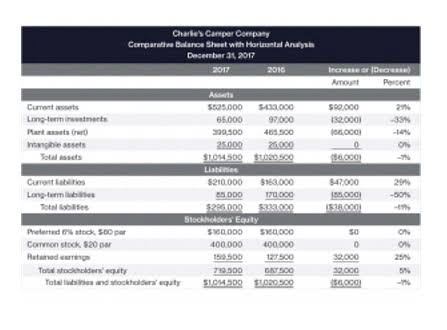
At the end of the 10-year period, the $10,000 lump sum would be worth more than the sum of the annual payments, even if invested at the same interest rate. The present value of an annuity is the total value of all of future annuity payments. A key factor in determining the present value of an annuity is the discount rate. This can be an expected return on investment or a current interest rate. For example, a court settlement might entitle the recipient to $2,000 per month for 30 years, but the receiving party may be uncomfortable getting paid over time and request a cash settlement. The equivalent value would then be determined by using the present value of annuity formula.
The formulas described above make it possible—and relatively easy, if you don’t mind the math—to determine the present or future value of either an ordinary annuity or an annuity due. Financial calculators (you can find them online) also have the ability to calculate these for you with the correct inputs. For example, if an individual could earn a 5% return by investing in a high-quality corporate bond, they might use a 5% discount rate when calculating the present value of an annuity. The smallest discount rate used in these calculations is the risk-free rate of return. Treasury bonds are generally considered to be the closest thing to a risk-free investment, so their return is often used for this purpose. Three approaches exist to calculate the present or future value of an annuity amount, known as a time-value-of-money calculation.
Future value of annuity
The formula figures the present value of each of the $1,000 payments and discounts them using the 5% interest rate. It then sums up all the present values to arrive at the present value amount. By taking the time to calculate the present value of an annuity, you can decide whether or not investing in an annuity will be in your financial https://www.bookstime.com/articles/quickbooks-proadvisor best interest. For example, once the time value of money (TVM) is accounted for, you can see whether it makes sense to allocate your money to a different type of financial asset or to annuities. Annuities are financial assets that promise investors a guaranteed future return in exchange for making an investment today.

Other factors, such as your long-term financial goals, when you hope to retire, and your personal level of risk tolerance might also influence whether investing in an annuity is right for you. We specialize in helping you compare rates and terms for various types present value of annuity table of annuities from all major companies. Use this calculator to find the present value of annuities due, ordinary regular annuities, growing annuities and perpetuities. The following annuity types are defined by the amount of volatility they can experience.
Determining the Present Value of an Annuity
This is because the value of $1 today is diminished if high returns are anticipated in the future. The present value interest factor of an annuity is useful when determining whether to take a lump-sum payment now or accept an annuity payment in future periods. Using estimated rates of return, you can compare the value of the annuity payments to the lump sum. The present value interest factor may only be calculated if the annuity payments are for a predetermined amount spanning a predetermined range of time. The factor is determined by the interest rate (r in the formula) and the number of periods in which payments will be made (n in the formula).
An annuity’s future value is also affected by the concept of “time value of money.” Due to inflation, the $500 you expect to receive in 10 years will have less buying power than that same $500 would have today. Since an annuity’s present value depends on how much money you expect to receive in the future, you should keep the time value of money in mind when calculating the present value of your annuity. Real estate investors also use the Present Value of Annuity Calculator when buying and selling mortgages. This shows the investor whether the price he is paying is above or below expected value. That’s because $10,000 today is worth more than $10,000 received over the course of time.
